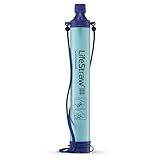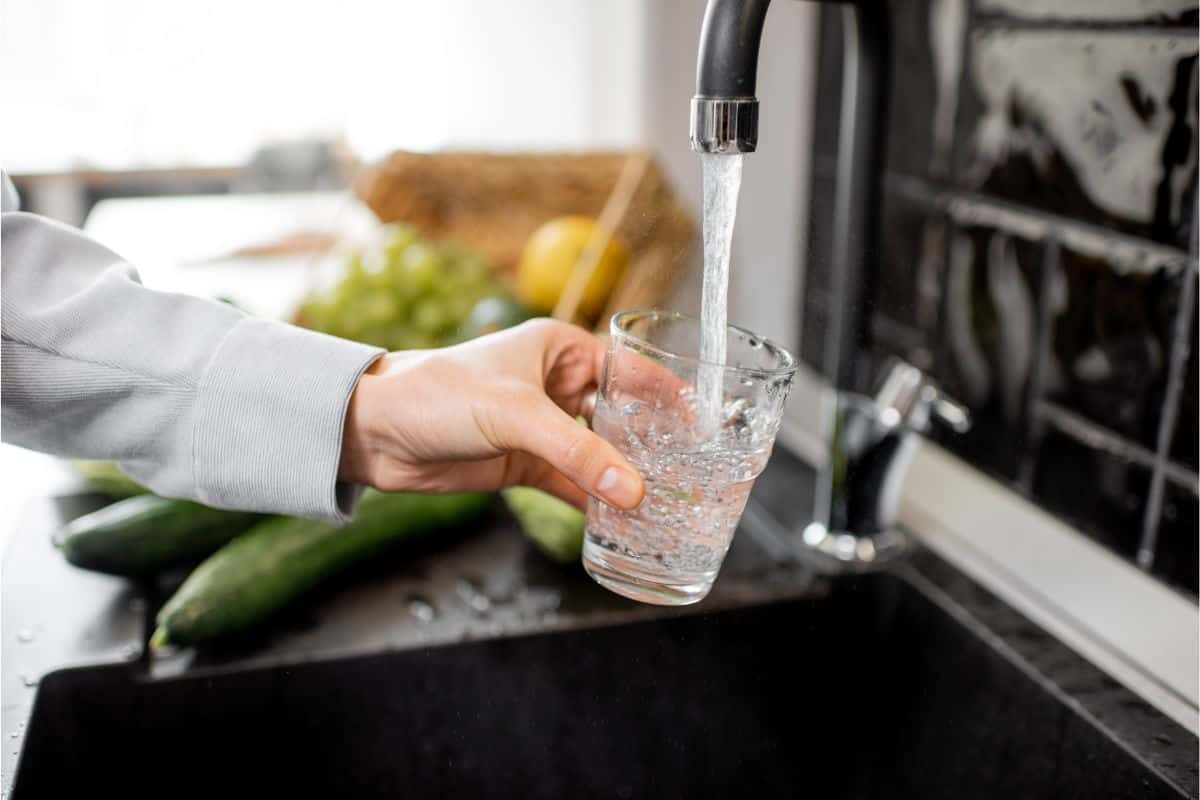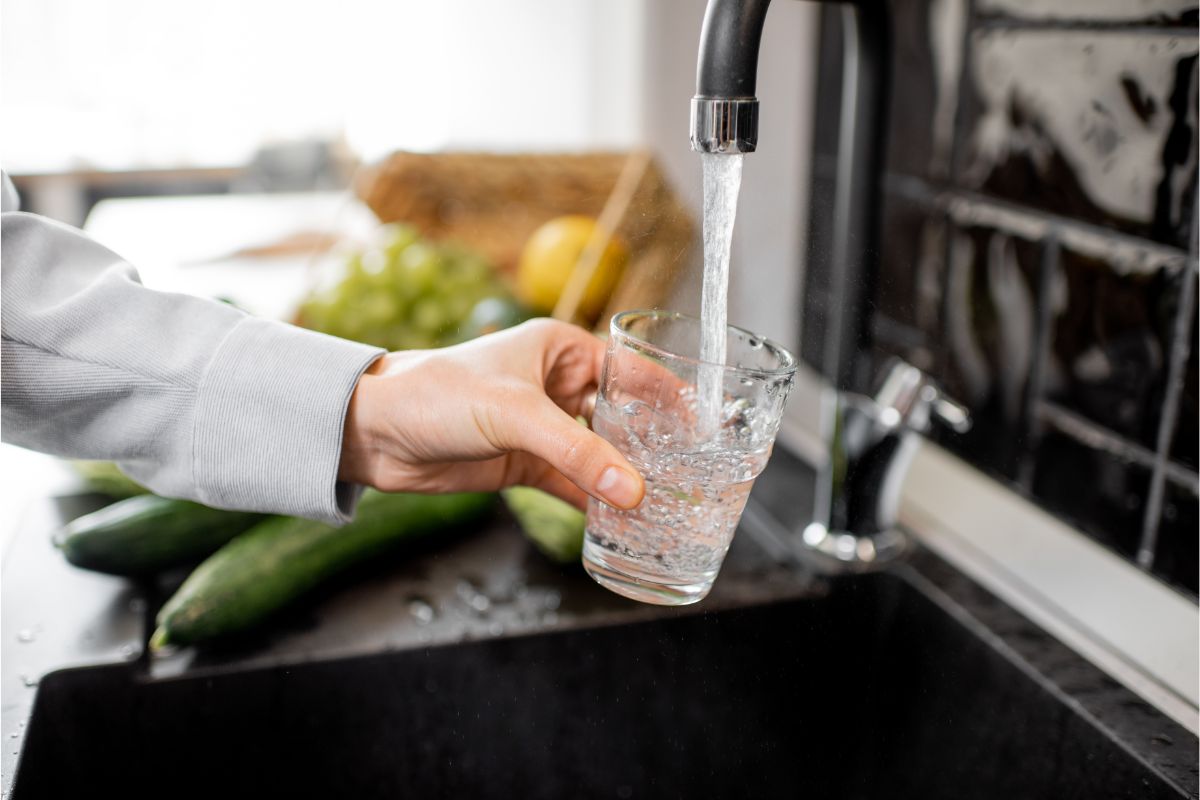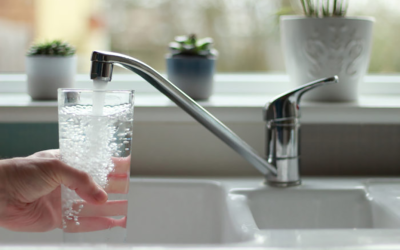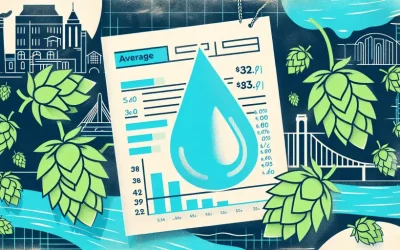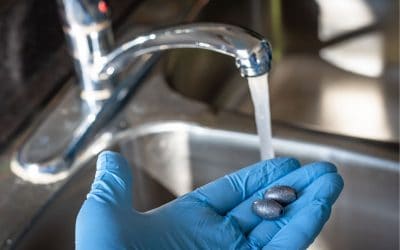Knowing whether the water in your area is safe to drink is always going to be an issue and if you are living in the San Antonio area, then this is not different.
Can you drink the water in San Antonio? In short, the good news is yes, you can. San Antonio’s tap water does not violate any of the principles of the Safe Drinking Water Act. However, there are some other factors that will need to be considered such as the state of the piping in your home and other contaminants.
So can you go ahead and drink the water in San Antonio? What other things should you consider when drinking tap water in general? What other options are there for getting clean and healthy water? Well, keep reading this article and we’ll give you the tap water low down.
Contents
Source of San Antonio’s Tap Water
San Antonio’s tap water originates primarily from the Edwards Aquifer, a vast underground water reserve. This natural resource, replenished by rainwater, offers a sustainable, albeit variable, source of fresh water. Additional water supplies come from surface sources such as lakes and rivers, and occasionally, treated groundwater. San Antonio Water System (SAWS), the municipal body responsible for water supply, employs a rigorous purification process. The journey from the aquifer to your tap involves filtration, disinfection, and thorough testing.
Tap water in San Antonio is governed by stringent local, state, and federal standards. The Environmental Protection Agency (EPA) sets the regulatory framework, and SAWS ensures compliance. Furthermore, SAWS conducts regular water quality tests and releases public reports to promote transparency and consumer confidence.
Can I drink tap water in San Antonio?
All the sources that monitor clean drinking water say that yes you can drink tap water in San Antonio. This means that there are no current violations of the safe drinking water act and that drinking water from an Antonio tap will not lead to you getting sick.
However, the Antonio water is only reaching the maximum level of acceptable drinking water, which does not mean that it does not contain any contaminants that may be harmful, particularly to people with sensitive digestion or skin issues. The rules of the Safe Water Drinking Act are constantly changing to include more chemicals and contaminants that were not considered harmful before.
Since 2012, San Antonio has encountered a handful of non-health Safe Drinking Water Act violations. This basically means that there have been issues with the reporting and public notification of water changes, rather than issues with the water itself. For example, a non-health-based violation could be the fact that the public was not notified immediately when there was a serious concern raised about the quality of the drinking water.
While subjective, the taste of San Antonio’s tap water is often described as slightly earthy, owing to the natural minerals present. Some may notice a faint chlorine scent, a necessary byproduct of the disinfection process. This is standard in municipal water supplies and is generally considered harmless.
Mineral Content in San Antonio’s Water
San Antonio’s tap water contains trace minerals like calcium, magnesium, and potassium. These minerals, integral to the water’s unique taste profile, also offer potential health benefits. However, the mineral content contributes to the water’s hardness, which can affect its interaction with soaps and detergents.
San Antonio’s water is classified as “hard” due to its high mineral content. Hard water is not a health risk but can cause limescale buildup in pipes and appliances. Many San Antonians opt for water softeners to mitigate these effects, though this is a matter of personal preference.
What are the Iron levels in San Antonio’s drinking water?
There are many buildings that naturally accumulate iron, mostly from old piping. This will then bleed into the water system, which is not very good for the human body.
Based on the ECHO database of the Environmental Protection Agency (EPA), 90% of the water samples taken from the San Antonio water system had around 0.000114 mg/l of iron in them.
This means that around 10% of Antonio’s water supply contained lead. Even small amounts of this mineral can be harmful to the human body, as can an accumulated amount over time.
Are there any Perfluoroalkyl and Polyfluoroalkyl substances (PFAS) in San Antonio’s tap water?
There are many military bases in Antonio which have reported leaks of PFAS into the water system.
These chemicals were made by humans and have been used since the 1950s. However, they are very harmful when consumed by human beings.
To avoid getting these contaminants in your drinking water, we would always recommend that you filter your water before you consume it.
How can you make tap water safe to drink?
One of the best methods of making your tap water safe to drink, no matter where you are in the world, will be to filter it before you drink it.
You can buy lots of filters online or at your local supermarket.
Here are some of the main reasons why people choose to filter their water:
- Getting rid of harmful chemicals – one of the best things about filtering is that it will rid your body of very harmful chemicals. Whether it is bacteria, lead or chemicals, filtering will make your water much purer.
- Improves the smell and taste – if you have noticed a musty smell and odd taste in your water, then you can put it through a filter to make it taste much nicer.
- It will save you money – some people can spend a lot of money buying bottled water for their homes, which will cost a lot of money. Filtering your water will cut out the need for this expenditure.
- Reduces the risk of cancer – by getting rid of chlorine from your water, you can be sure of reducing the risk of cancer.
- Great for cooking – you won’t only be drinking water, but you will be using it for cooking. This is a great way of reducing the bacteria in your water.
- Filtering water will also help you to reduce gastrointestinal disease by around 80%.
What other filtering methods can you get?
There are a few other options you can try when it comes to filtering, some of them require a little bit of DIY knowledge, but once they are installed, you won’t have to worry about actively filtering your water.
Whole house water filters
This is a great way of making sure that every faucet and tap in your home will be running clean, filtered water.
Whole house water filters are usually installed underneath your water source.
This means that as the water runs through your filter, all the nasty and harmful contaminants will be removed from your water supply.
These filters remove a whole host of chemicals and harmful minerals: chlorine, asbestos, nitrates and bacteria.
Under sink water filters
Again, these work in much the same method as whole house water filters, except that rather than installing them near your water source, you should install them under your sink.
These single faucet water filters will also do a great job of filtering out all sorts of harmful things from your water. You can leave it to work its magic and not have to worry about drinking impure water.
You’ll have to make sure that you change the filters on this system about once every 3 to 6 months. Otherwise, your water filter will be less efficient at getting rid of larger particles.
### Recent Concerns San Antonio, TX Tap Water Quality
In recent months, San Antonio, TX, has faced several tap water quality issues, raising concerns among residents and prompting action from local authorities. One significant problem has been the detection of elevated levels of lead in certain areas, primarily affecting older neighborhoods with aging infrastructure. The San Antonio Water System (SAWS) has initiated a comprehensive testing program to identify and mitigate lead exposure risks, prioritizing the replacement of lead service lines.
Another pressing concern is the contamination from industrial pollutants, including elevated levels of PFAS (per- and polyfluoroalkyl substances), which have been detected in the Edwards Aquifer, a primary water source for the city. The Texas Commission on Environmental Quality (TCEQ) has increased monitoring efforts and is working with industrial facilities to reduce pollutant discharge into local water sources.
To address these issues, SAWS has enhanced its water treatment processes and increased the frequency of water quality testing across the city. Additionally, public health advisories have been issued, urging residents in affected areas to use water filters certified to remove lead and PFAS contaminants until further notice.
City officials are actively engaging with community members through public meetings to inform them about ongoing efforts and safety measures being implemented to ensure the long-term safety of San Antonio's tap water.
San Antonio Water Contamination Concerns: Elevated Lead Levels and PFAS Detected
https://www.ksat.com/news/local/2023/09/21/san-antonio-water-contamination-concerns-elevated-lead-levels-and-pfas-detected/
SAWS Launches Initiative to Replace Lead Service Lines Amid Contamination Fears
https://www.mysanantonio.com/news/local/article/saws-lead-service-lines-replacement-initiative-2023-18234567.php
TCEQ Steps Up Monitoring of Industrial Pollutants in San Antonio's Water Supply
https://www.expressnews.com/news/local/environment/article/tceq-industrial-pollutants-monitoring-san-antonio-2023-18345678.php
Conclusion
So the answer to the question in the title of this article is, yes you can drink San Antonio water, but there will still be contaminants in it that can only be safely filtered out using a whole house water filter installation in San Antonio.



